Groundhogs Day Multiplication Facts and Word Problems.
Image
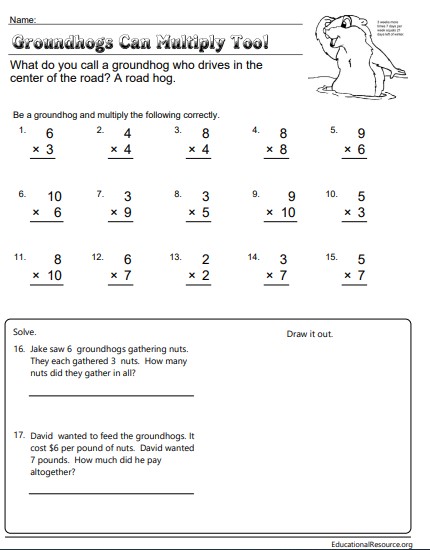
Students are presented with 15 multiplication math facts and two single-step multiplication word problems in this Groundhogs Day multiplication review worksheet.

Students are presented with 15 multiplication math facts and two single-step multiplication word problems in this Groundhogs Day multiplication review worksheet.
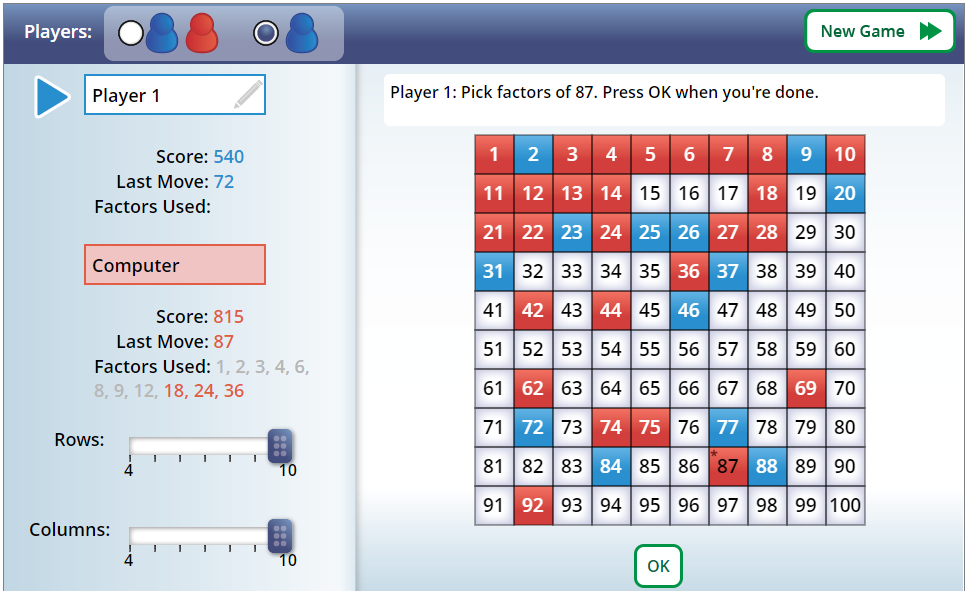
Can you beat a partner in discovering all the factors. If you don't have a partner, try beating the computer. Students will learn how to identify factors up to 100. Student A will pick a number on the grid and student B gets points for every factor that remains for the picked number.

The cool tool allows teachers to generate custom number lines with ease. You can change the line settings to different types of number lines like whole numbers, fractions, decimals, number lines with out numbers, and number lines without tick marks. There is a draw tool or you can use your Smartboard to draw lines. When finished creating the number line you can then generate an image that can be use in a worksheet, video or website.

This is a great game that works on multiplication and division fluency by having students create a fact family. Numbers get larger as you advance through each level. It can also be used for addition and subtraction fact families. This game can also help students learn their addition and subtraction fact families.

This is a Smartboard large button program that displays flashcards. I have my students in teams and we play two-minute relay games where the team selects and answers and then moves to the end of the team. The team that wins is the one that answered the most correct multiplication or division problems. You can also select add and subtract.
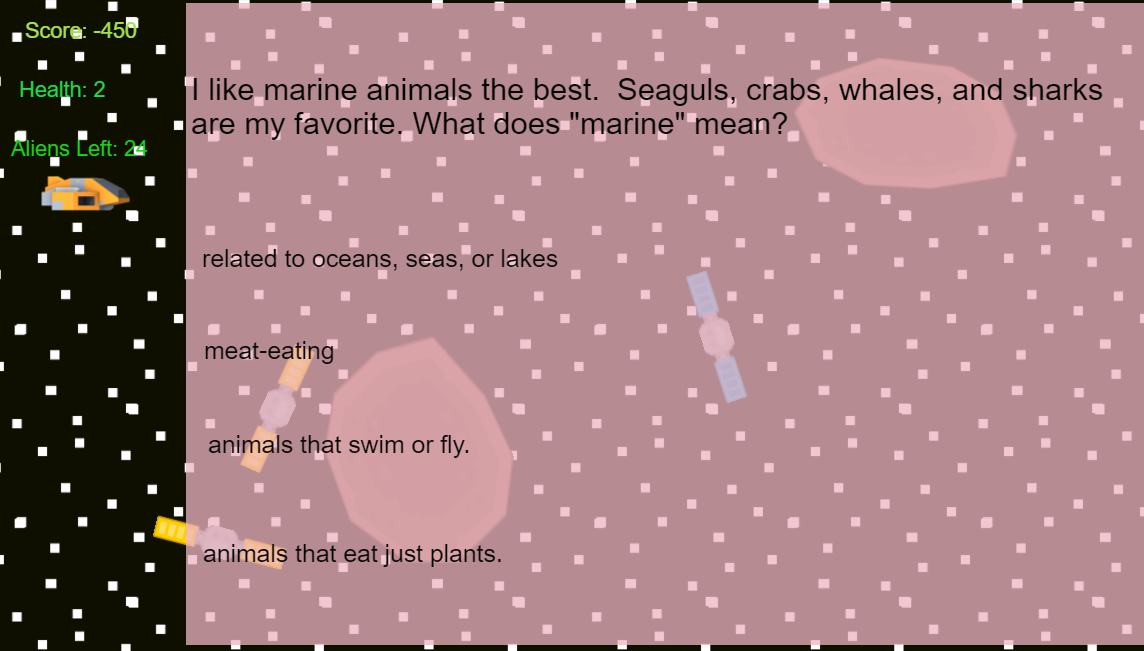
In this game, students will destroy aliens and space junk. If they get an alien, they have to answer a context clues question. If they miss, they lose a life. How many aliens can they hit? If space junk hits the ship, students will be given a multiplication question to answer.

Find the patterns of input-output tables, number lines, word problems, multiplication patter, skip counting patterns, addition and subtraction patterns, and image patterns
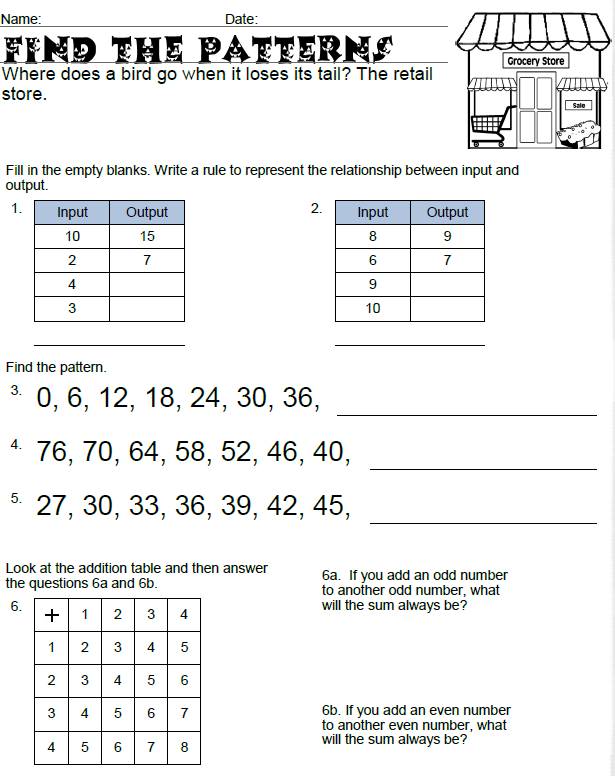
Review patterns with students. The patterns included are skip counting, multiplication table, and input-output tables.

Students will model arrays by painting them based on repeated addition equations.
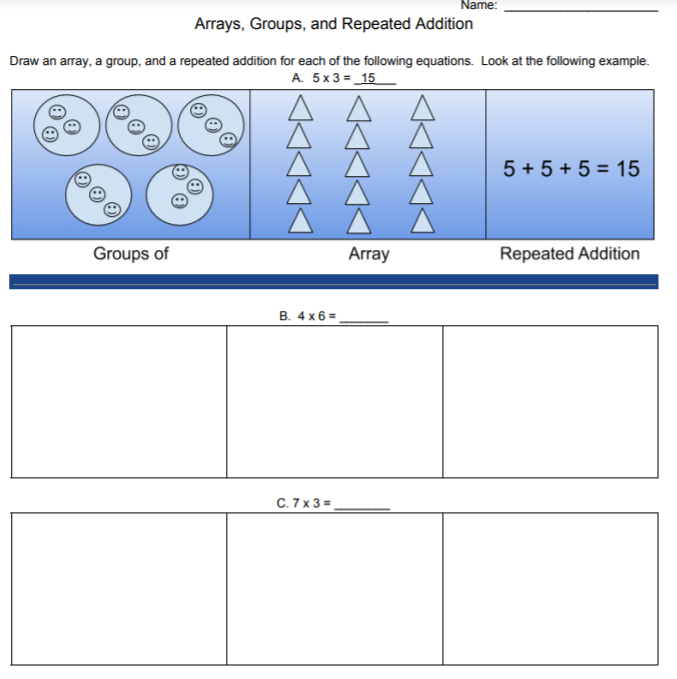
Students will demonstrate their knowledge of multiplication by using strategies like groups of, arrays, and repeated addition. They will model each one of seven problems.